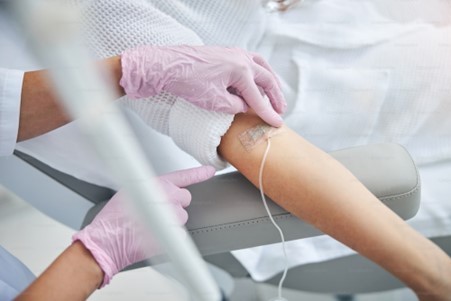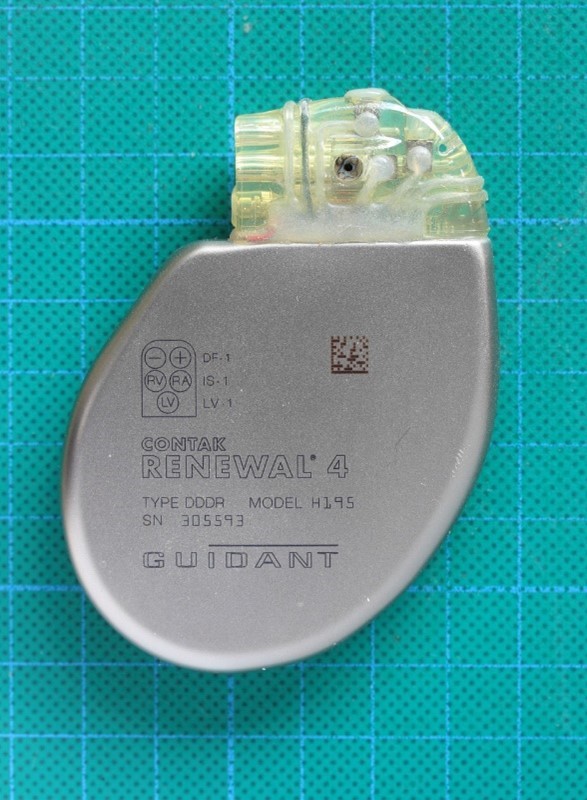

Mastering Article 84: Clear Claims for Medical Devices
Summary Clear Claims for Medical Devices
Clarity in patent claims is crucial. We'll navigate through the complexities of referring to body parts, the precision required in defining dimensions and shapes, and the delicate balance between describing a device's function and its outcomes. With the help of real-world examples, we'll illustrate some of the fine details of optimizing claims for smoother progression through the patent process. Remember, every case is distinct, so the guidance of a skilled patent attorney is vital for success. Whether you’re shaping the next breakthrough in medical technology or simply intrigued by patent procedures, this article reveals a critical aspect of securing your innovation.
In our previous posts, we discussed the patentability of diagnostic methods and treatment methods by therapy and surgery. However, when it comes to patenting medical devices in Europe, there’s more to consider than just the exceptions to patentability. Defining the invention clearly according to the European Patent Convention (EPC) is also a challenge. In this article, we will address two common issues in clearly claiming medical devices under Article 84 of the EPC.
Article 84 and its corresponding guidelines (GL F-IV 4.1) emphasize the importance of clarity in patent claims. These claims define exactly what is to be protected. So, it is important that the terms used in the claims are clear to a person skilled in the art, such as a biomedical engineer. The goal is for that skilled person to understand what the subject of the invention and the scope of protection is. They should not have to dig through the entire patent description to figure it out.
For medical devices, complying with Article 84 can be challenging because inventions often interact with the human body or are defined in relation to specific body parts. Naturally, claiming ownership of body parts is not permitted.

1. References to body parts
In principle, the EPC allows to claim an entity by reference to another unclaimed entity that is related to it through use (GL F-IV 4.14). For example, when claiming a catheter for treating bifurcations, it is understood that protection is pursued only for the catheter itself, not for the actual treatment of bifurcations.
However, when the reference involves physical characteristics or properties of body parts, such as the tissue elasticity of heart arteries or the gastrointestinal tract, it may give the impression that the invention is defined by the body part itself. This is not allowed since typically those physical characteristics or properties are not predefined or known.
For example, in T 0641/01, a claim directed to a catheter with a balloon was rejected because the balloon required inflation to a “given tissue squeezing pressure.” As tissues properties vary significantly among patients, a skilled person like an engineer, cannot directly know or determine the necessary pressure to apply in the balloon and therefore the claim is considered unclear. In another example, in T 0597/96, a spinal implant claim stating “material stronger than bone” was allowed because it would be easy for the skilled person to understand that the implant was constructed using a material stronger than the bone of the vertebrae.
When it comes to referencing the dimensions or shape of a body part, similar challenges can arise. The EPC permits referencing dimensions or shape based on established standards or knowledge to some extent (GL F-IV 4.14.2). However, this is not always possible with the human or animal body. For instance, in T 1912/08, claim 1 concerning a root canal reamer was rejected because its size was determined by the size of the tooth being treated, which is not considered standardized and variations resulting from chipping or breaking of teeth further complicate the issue of defining dimensions. Coming back to the spinal implant from T 0597/96, stating that the implant diameter is larger than the disc space between two adjacent vertebrae was allowed because surgeons can determine the intervertebral space based on factors like the patient’s age and the specific vertebra to be fused[RHK1] [SR2] .
[RHK1]This one seems contradictory, right?
[SR2]Yes, so there seems to be a grey area of what is/isnot allowed. in T597/96 the board argued "The broad variability of a value is not however per se an impediment to the patentability as far as a method is given to allow the skilled person in the field to establish the specific value required according to the particular circumstances. This condition is here met, since the skilled person is capable of ascertaining of the intervertebral space and of selecting an implant according for example to the age of the patient and to the particular vertebra to be fused. ". In T1912/08 the appellant did not substantiate their defense, and the board upheld the first instance decision.

2. Function and results to be achieved
It’s quite common to feel tempted to claim medical devices based on the desired outcomes they aim to achieve. This approach is often taken to avoid referencing body parts or providing too many details. For example, imagine a prosthesis designed to improve arm mobility or a pacemaker configured to regulate heart rate. However, according to the EPC, claims that define an invention by results to be achieved are not permitted (GL F-IV 4.10). Nonetheless, there is a way out – one can carefully draft claims that partially describe the invention in terms of its function (GL F-IV 6.5).
But, as you might expect, it’s easier said than done. For instance, in the case of T 2186/14, a claim directed to a nasal delivery device saying that the nasal device is configured to deposit at least 30% of the dose in a particular region of the nasal airway was rejected because it did not provide any indication of how the device achieves this result.
An effective approach to tackle this issue is by first describing in the claim the key structural characteristics of the device and then providing a functional feature as supplementary information to better grasp the invention.
For example, in T 1023/05, a claim stating “a distal end of the catheter is closed and extends distally beyond the seal arrangement so as to maintain the patency of the anastomosis and the urethra” was allowed. Here, the structure of the distal end of the catheter was described, and the reference to the patency of the anastomosis and the urethra further clarified the relative length of the distal end. This illustrates the importance of recognizing whether a combination of structural and functional features can be used to avoid any confusion regarding what is intended to be protected.
Keep in mind that there are more aspects to consider than clarity alone. Whether something is decided to be allowed or not depends on the unique details of each patent application. This is why it's crucial to have a knowledgeable patent attorney on your side to help make your case.
There is still more, to be clear!
Clarity of claims in European patent applications is closely tied to consistency with the description. If the description fails to adequately support and explain the claims, they run the risk of being rejected.
Therefore, it is vital to consult a specialised patent attorney that can ensure that the description provides a thorough and comprehensive disclosure, enabling a skilled person to fully comprehend and implement the invention. This becomes even more important when it comes to medical devices. By maintaining consistency between the claims and the description, you greatly improve the clarity of the claims and increase your chances of securing a granted patent.
Read all articles by NLO Healthcare experts about IP & healthcare.
